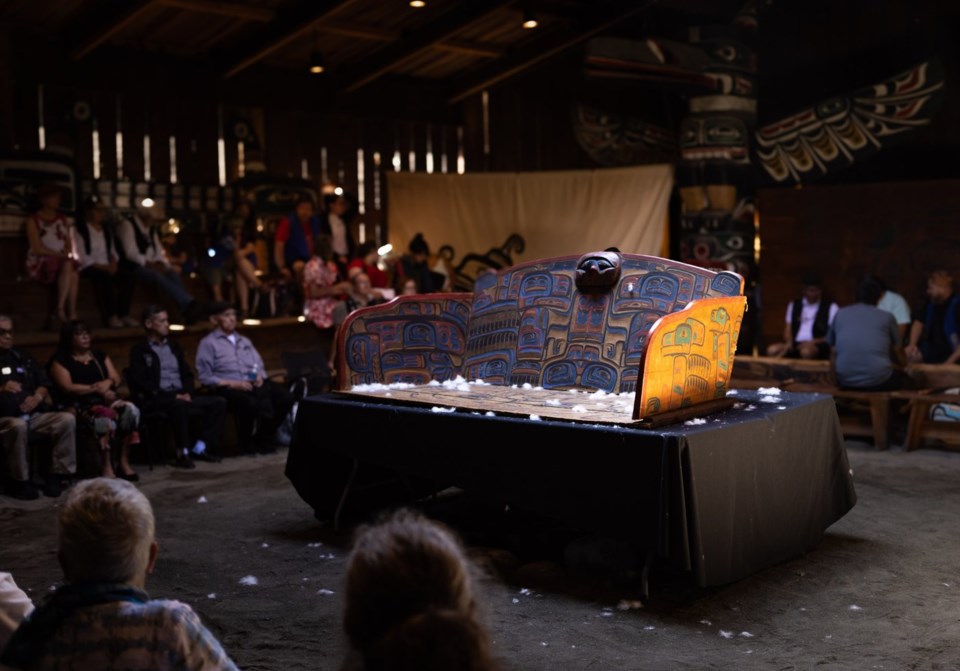VICTORIA — Members of the Heiltsuk Nation on British Columbia's central coast are celebrating the first steps in the repatriation process for an elaborately carved chief's seat.
A statement issued by the nation says a blessing and repatriation ceremony took place Friday at the Royal BC Museum and Archives, where Heiltsuk leaders, archeology specialists, and family members gathered to receive the seat carved around 1900 by renowned artist and chief Captain Richard Carpenter.
The chair has been in the museum's collection since 1911, and Heiltsuk Chief Marilyn Slett says its return is a powerful and emotional moment.
Slett is a descendent of Carpenter, whose work has been on display in collections throughout the world, from Berlin and London to New York and Alaska.
She says the chief's seat is the "first of his treasures to return home," allowing Heiltsuk people to enjoy and benefit from his work.
The seat features designs including eagle and killer whale crests of the Carpenter family, and it will now be transported back to Bella Bella for a special celebration in the nation's ceremonial Big House.
The nation says Carpenter was born in 1841 and became a master woodworking artist and second-ranking chief who lived to the age of 90. Carpenter's traditional name was Hawallis and his chief's name was Duqvayla, it says.
"His life parallelled his craft, as he both transformed materials and told stories through them, while also helping steward Heiltsuk society and culture through the massive changes wrought by contact and colonialism," the statement says.
This report by The Canadian Press was first published July 12, 2024.
The Canadian Press




